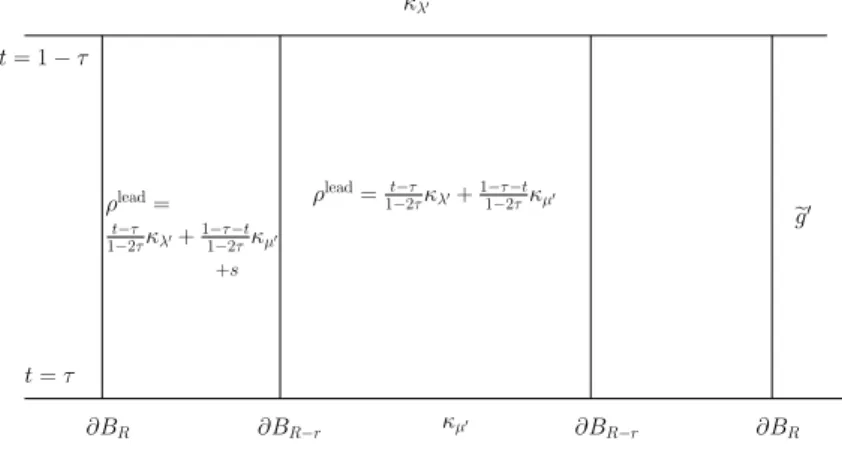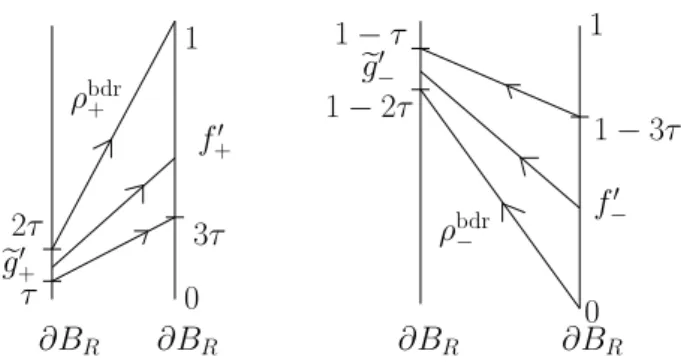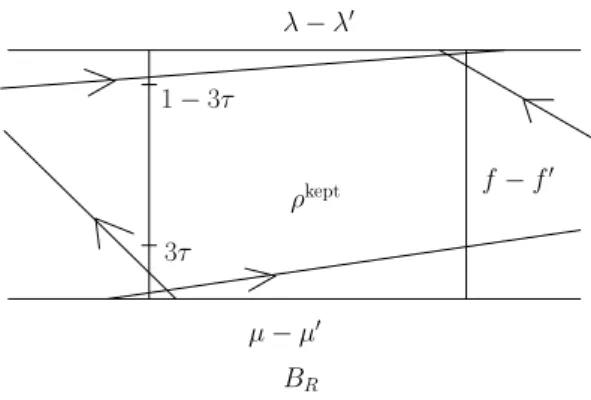Quantitative linearization results for the Monge-Ampère equation
Texte intégral
Figure
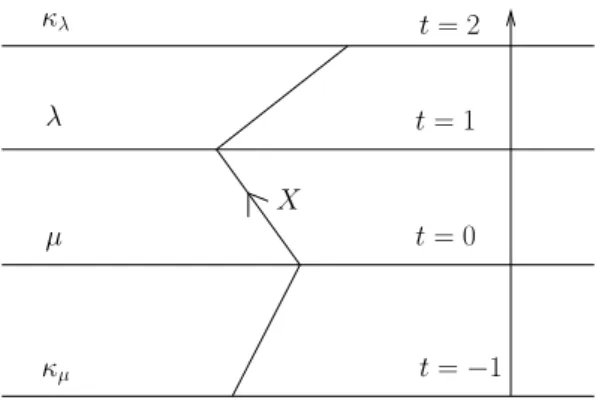
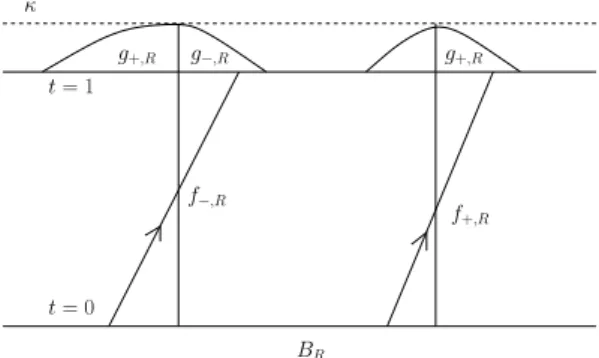
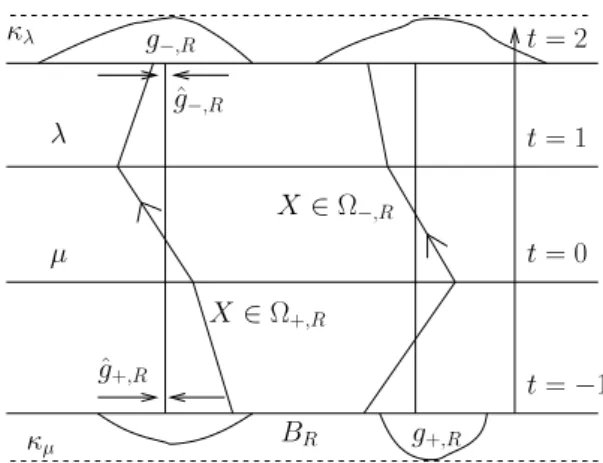
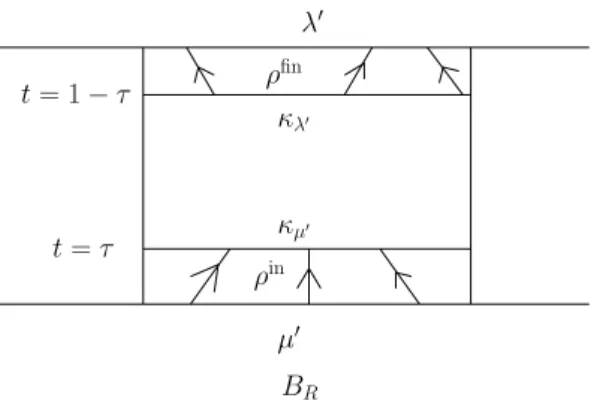
Documents relatifs
In this paper, we establish the Gevrey regularity of solutions for a class of degenerate Monge-Amp` ere equations in the plane, under the as- sumption that one principle entry of
The first ingredient of our proof is the power deterioration of all derivatives of solutions to Monge–Ampère equations with constant right-hand side (Lemma 1.1), which we prove
For some compact subsets K ⊂ H −1 containing a rank-one connection, we show the rigidity property of K by imposing proper topology in the convergence of approximate solutions and
Fefferman showed how his approximate solution Q could be used to con- struct scalar invariants of strictly pseudoconvex hypersurfaces and applied.. these results to the
The first method, which is simply the natural finite difference discretization of the equation, is demonstrated to be the best performing method (in terms of convergence and solution
This last step does NOT require that all indicator be converted - best if only a small percent need to be reacted to make the change visible.. Note the
First introduced by Faddeev and Kashaev [7, 9], the quantum dilogarithm G b (x) and its variants S b (x) and g b (x) play a crucial role in the study of positive representations
We construct a cohomology theory on a category of finite digraphs (directed graphs), which is based on the universal calculus on the algebra of functions on the vertices of
